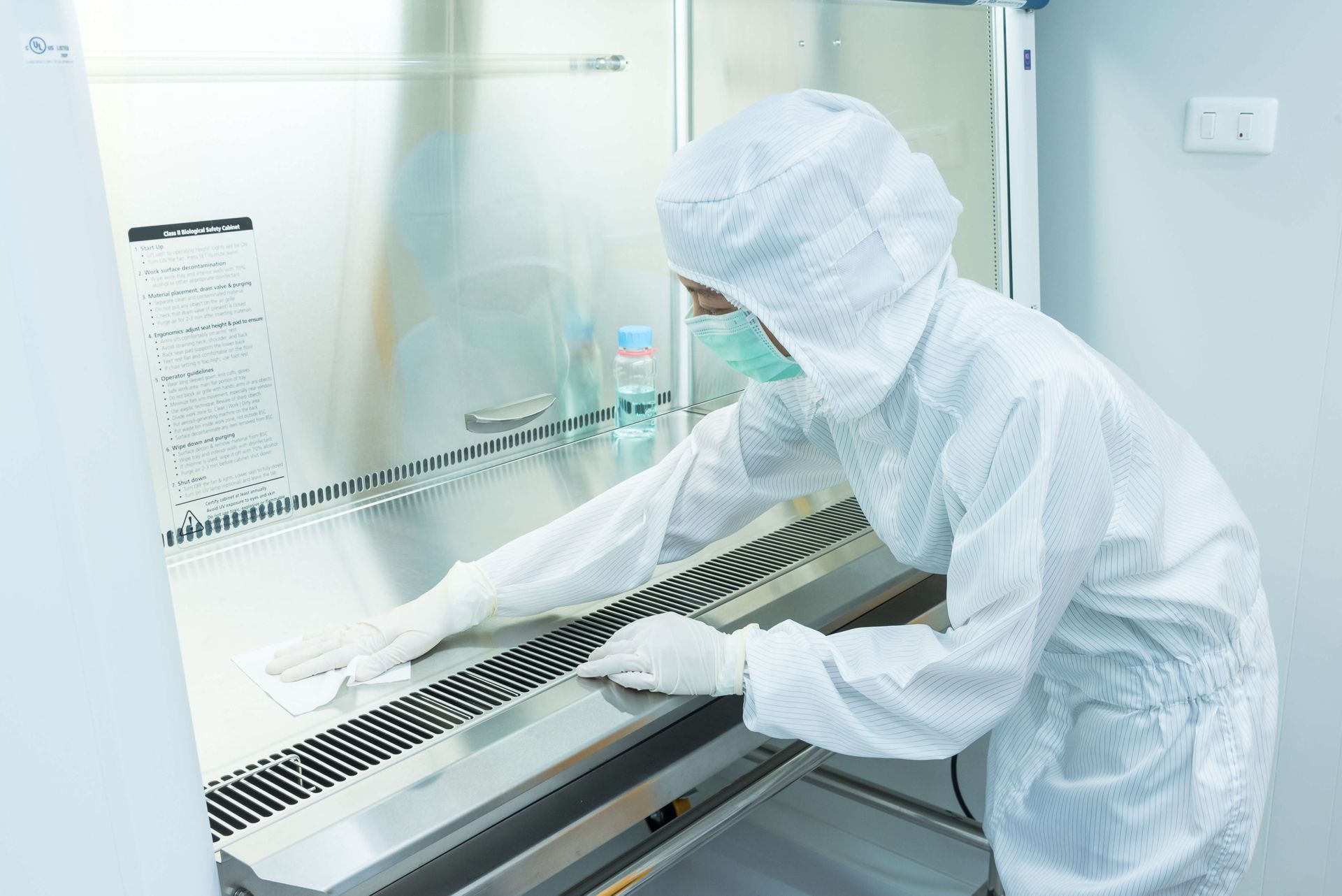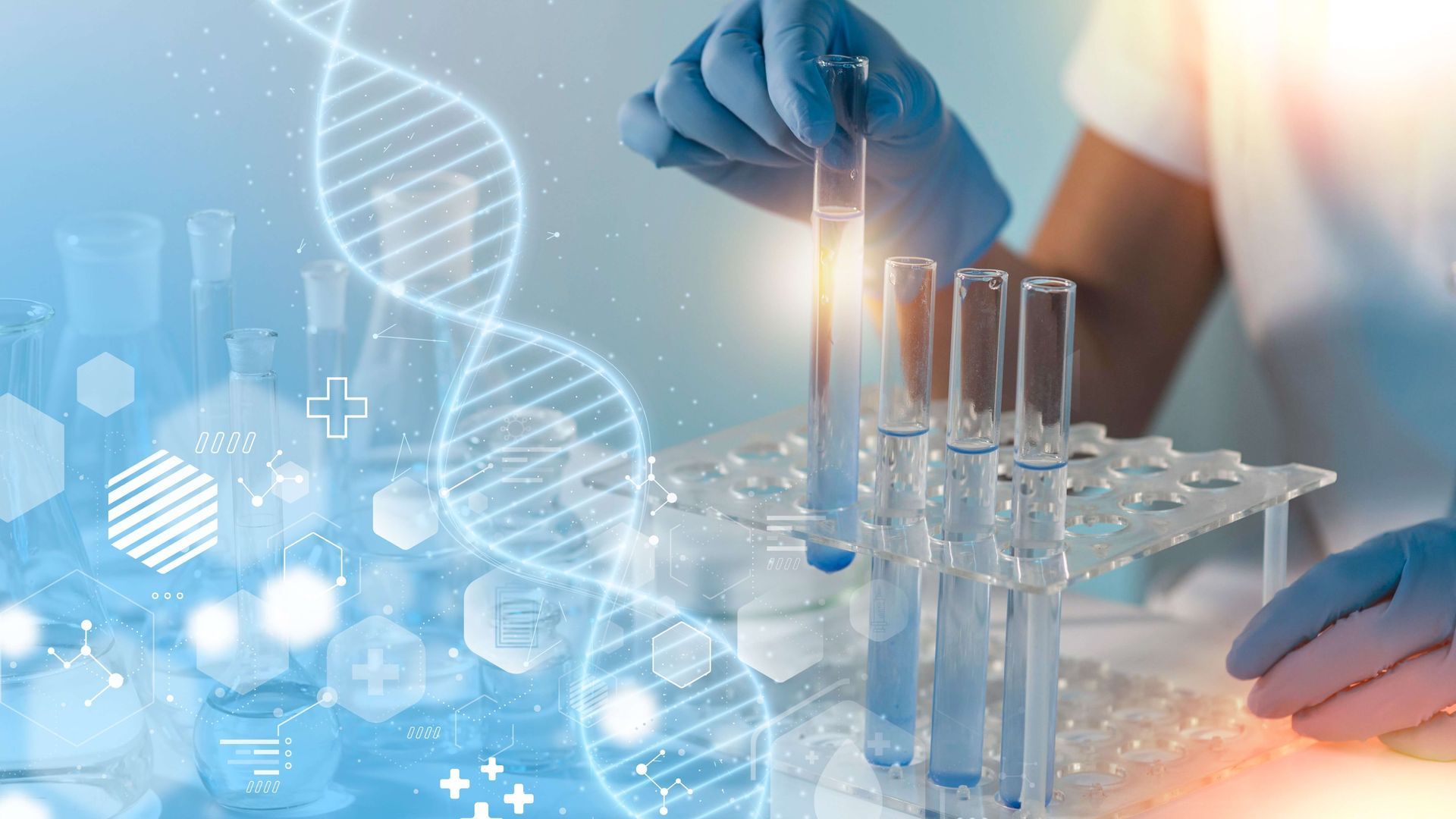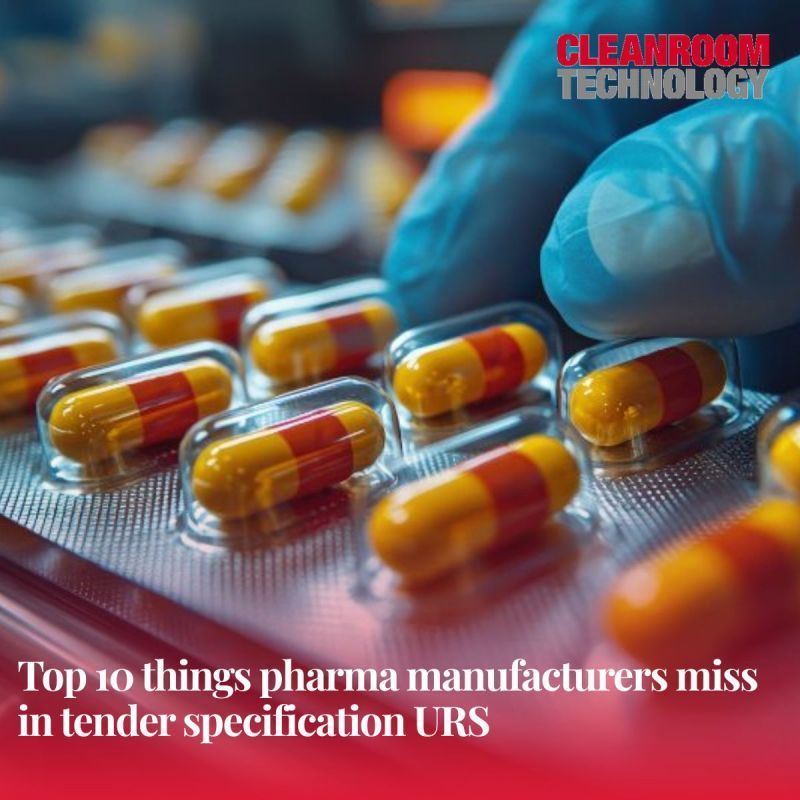How to Handle Cleanroom Violations and Contamination Events

Introduction
Cleanrooms are specialized environments designed to minimize contamination, ensuring the safety, quality, and precision of processes in industries such as pharmaceuticals, biotechnology, semiconductor manufacturing, aerospace, and medical devices. However, despite the rigorous design, maintenance, and operational protocols in place, cleanrooms are not immune to violations or contamination events. Even a small failure in maintaining cleanliness standards can have significant consequences for product quality, research accuracy, and, in some cases, the safety of consumers or patients.
When a cleanroom violation or contamination event occurs, it is crucial to handle the situation swiftly and efficiently to minimize potential damage. This article will provide a comprehensive guide on how to handle cleanroom violations and contamination events, detailing key strategies, responses, and protocols that should be followed to mitigate risks and restore cleanroom conditions.
Understanding Cleanroom Violations and Contamination Events
Before diving into how to handle violations or contamination events, it’s important to understand what constitutes a cleanroom violation or contamination event.
- Cleanroom Violation: This refers to any situation in which cleanroom protocols are not followed or maintained. These violations could be related to improper gowning, non-compliance with cleanliness standards, equipment malfunction, failure to adhere to operational procedures, or human error. Violations can lead to contamination, compromised product quality, or regulatory non-compliance.
- Contamination Event: A contamination event occurs when an external or internal factor introduces undesirable particles, microorganisms, or chemical agents into the cleanroom environment. This could include the introduction of particles from the air, uncontrolled personnel movement, equipment malfunctions, or accidental breaches of sterile areas. A contamination event could be severe enough to compromise the entire cleanroom’s functionality, requiring immediate remediation.
Both cleanroom violations and contamination events are critical occurrences that need to be addressed promptly and appropriately. The handling of these events can prevent severe consequences such as compromised product integrity, regulatory fines, or damage to the brand’s reputation.
Immediate Response to Cleanroom Violations and Contamination Events
When a cleanroom violation or contamination event occurs, immediate action must be taken to address the issue and prevent further contamination. The first response must be systematic, controlled, and well-documented to ensure that the violation or event is effectively managed.
1. Identify the Source of the Violation or Contamination Event
The first step in managing a cleanroom violation or contamination event is to identify the source of the issue. Immediate steps should be taken to contain the contamination and isolate the affected area, if necessary. The following steps can help in identifying the source:
- Visual Inspection: Conduct a visual inspection of the area to assess whether the contamination is caused by human error (e.g., improper gowning, failure to follow protocols) or equipment malfunction.
- Monitor Airflow and Filtration Systems: Check the cleanroom’s HVAC system, air filtration systems, and particle counters to ensure they are operating correctly. A malfunction in these systems can lead to contamination.
- Evaluate Personnel: Ensure that all personnel are wearing the proper personal protective equipment (PPE) and are adhering to gowning protocols. Personnel should be re-trained or temporarily removed from the cleanroom if violations are found.
- Equipment Check: Inspect equipment and machinery for potential sources of contamination, such as leaks, spillage, or malfunctioning filters that could have caused a contamination event.
2. Contain the Contamination or Violation
Once the source of contamination or the violation is identified, the next step is to immediately contain the issue to prevent further contamination. This is done by isolating the affected area and restricting access to the cleanroom until it is determined to be safe.
- Lockdown the Area: Implement immediate lockdown procedures. Restrict access to the cleanroom by personnel and visitors until the issue is identified and addressed.
- Quarantine Affected Products or Materials: If contamination has occurred in specific products, batches, or materials, quarantine these items immediately to prevent them from being used or distributed. Products that may have been contaminated should not be released into the production chain until they have been thoroughly checked and cleared.
- Ventilation Control: Ensure that the cleanroom’s ventilation system is functioning properly. If the contamination event originated from air handling systems, ventilation should be reconfigured to isolate the affected area and limit the spread of contaminants.
3. Follow Established Contamination Control Procedures
Handling contamination events in a cleanroom requires adherence to established protocols that aim to reduce contamination and prevent future occurrences. These steps include:
- Stop Work Protocols: When contamination occurs, stop work immediately to prevent the spread of contaminants. This may involve halting production, research, or packaging processes.
- Decontamination Protocols: Once the source of contamination is isolated, begin decontaminating the area. This includes cleaning and disinfecting surfaces, equipment, and materials. Follow the proper decontamination procedures for the specific type of contamination (e.g., particulate, microbial, chemical).
- Air Quality Assessment: Utilize air monitoring systems to assess the level of contamination and determine whether additional filtration or cleaning systems are required to restore air quality to acceptable levels.
These procedures must be documented in accordance with cleanroom operational protocols and regulatory requirements, ensuring transparency and accountability in the event of a contamination incident.
Post-Incident Actions and Corrective Measures
Once a contamination event or violation has been contained and cleaned, the next step is to investigate the cause, implement corrective actions, and restore cleanroom conditions. It is essential to focus on both short-term recovery and long-term improvements.
1. Conduct Root Cause Analysis
A thorough investigation into the root cause of the contamination event or violation is essential to prevent recurrence. Root cause analysis (RCA) helps to identify the underlying factors that contributed to the incident. The investigation process should involve:
- Reviewing Cleanroom Logs and Procedures: Check the cleanroom’s operational logs and review the procedures followed leading up to the event. This will help identify whether there were lapses in protocol or operational failures.
- Personnel Interviews: Speak with cleanroom staff to gather insights into their actions, mistakes, or deviations from protocol that may have led to the violation or contamination.
- Equipment and System Checks: Ensure that equipment such as HVAC systems, particle counters, and sterilization equipment was functioning properly before and after the event.
Once the root cause is identified, corrective actions can be implemented.
2. Implement Corrective and Preventive Actions (CAPA)
Corrective and preventive actions (CAPA) are critical to addressing the underlying issues and ensuring that contamination events do not happen again. After identifying the root cause, take the following actions:
- Corrective Actions: These are immediate actions taken to address the specific incident. For example, if contamination was caused by improper gowning practices, corrective actions might involve re-training personnel on proper gowning protocols and reinforcing adherence to cleanroom protocols.
- Preventive Actions: These are measures designed to prevent future occurrences. For example, if contamination was caused by equipment malfunction, preventive actions might involve regular calibration and maintenance schedules for the affected equipment.
Implementing CAPA is critical not only to address the immediate issue but also to prevent similar incidents in the future. These actions should be documented thoroughly and followed up with regular audits and reviews.
3. Communicate with Regulatory Bodies and Stakeholders
Depending on the severity of the contamination event or cleanroom violation, it may be necessary to inform regulatory bodies such as the Food and Drug Administration (FDA), European Medicines Agency (EMA), or local health authorities. This is especially true in regulated industries like pharmaceuticals, biotechnology, or medical device manufacturing, where non-compliance could affect product safety or public health.
Ensure transparent communication with stakeholders, including management, customers, and supply chain partners. This is crucial for maintaining trust and ensuring that all affected parties are informed of the incident, the investigation, and the corrective measures taken.
4. Review and Update Cleanroom Protocols
Following a contamination event, it is essential to review and update cleanroom protocols and procedures. This ensures that any weaknesses or gaps identified during the investigation are addressed. This may include:
- Revising standard operating procedures (SOPs) for cleanroom operations, gowning, equipment handling, and cleaning.
- Updating training materials and conducting refresher training for all cleanroom personnel.
- Implementing new technologies, such as more advanced air filtration systems or enhanced contamination monitoring systems, to prevent future violations.
Continuous improvement is key to ensuring that the cleanroom environment meets stringent standards and operates efficiently.
Conclusion
Cleanroom violations and contamination events, though rare, present serious risks to the integrity of the cleanroom environment and the quality of the products or research being conducted. Handling these events swiftly, thoroughly, and systematically is essential for maintaining a high level of contamination control and ensuring continued compliance with industry standards.
By following a structured approach to containment, root cause analysis, corrective and preventive actions, and post-incident communication, organizations can mitigate the risks associated with contamination events and improve their overall cleanroom protocols. Through vigilance, training, and continuous improvement, cleanrooms can remain effective in maintaining the sterility and precision needed for industries that depend on these controlled environments.




